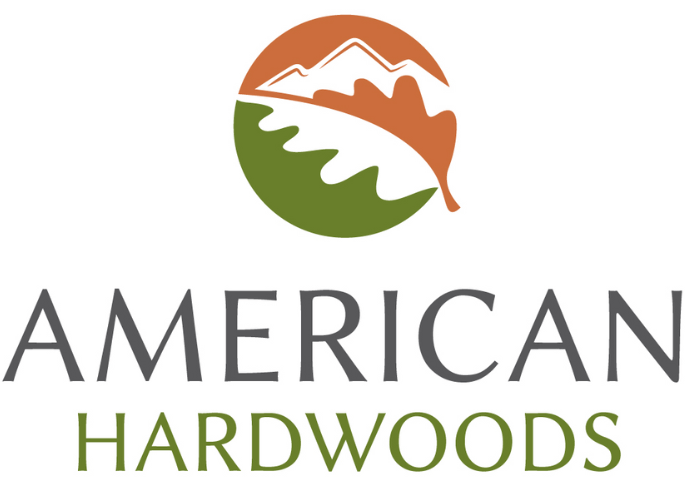White Mahogany
Eucalyptus acmenoides, E. umbra ssp. umbra, E. carnea, E. tenuipes.
Other names:Yellow stringybark, white stringybark.
Distribution and Availability
Common in coastal areas from Sydney, New South Wales, Cooktown in Queensland, and isolated areas north to the Atherton Tableland. Sawn timber of white mahogany is readily available.
General Description
The heartwood resembles tallowwood, and is usually light brown to yellow brown, with sapwood is usually paler and creamy in colour. Grain is generally medium textured and uniform; however, at times it can be interlocked. Greasy to feel, but not as pronounced as in tallowwood and spotted gum.
Physical & Mechanical Properties
The wood is highly durable and strong, with its natural greasy feel aiding boring and machining. It is termite resistant and the sapwood can be easily treated with preservatives. The heartwood is too dense to accept readily available commercial preservation processes.
Working Properties
White Mahogany machines well and there is no difficulty using it with standard fittings and fastenings. Due to its hardness, the timber is not easily worked with hand tools. Easily painted, stained, and polished, the sapwood readily accepts preservatives but the density of the hardwood makes it resistant to current commercial preservative compounds.
Durability
White mahogany has a high degree of natural durability and strength, making it an ideal timber for a variety of structural, exterior and interior applications. It is resistant to termites, but susceptible to lyctid borer attack.
Main Uses
White mahogany is commonly used in wharf and bridge construction, railway sleepers, cross arms, poles, piles, mining timbers. For construction, it is ideal for general house framing, cladding, internal and external flooring, linings, joinery, fencing, landscaping, retaining walls.
The timber lends itself well to outdoor furniture, turnery, and joinery projects
Other Information
The tree is one of Australia’s most widespread species.









